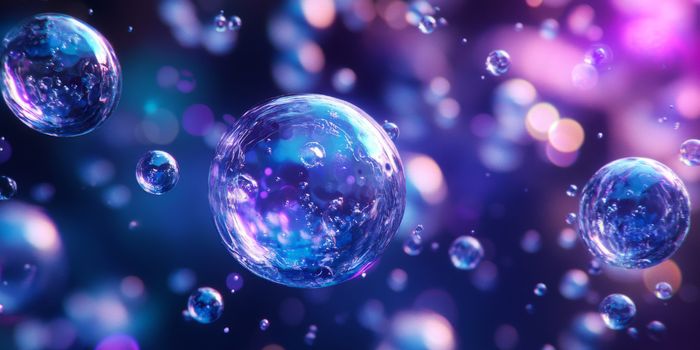'Molecular trap' could better deal with nuclear waste
Scientists have developed an extremely efficient “molecular trap” that can be recycled and reused to capture radioactive iodides in spent nuclear reactor fuel.
The trap is like a tiny, porous super-sponge. The internal surface area of just one gram could stretch out to cover five 94-by-50-foot basketball courts, or 23,500 square feet. And, once caught inside, radioactive iodides will remain trapped for eons.
“This type of material has tremendous potential because of its high porosity,” says Jing Li, professor of chemistry and chemical biology at Rutgers University-New Brunswick. “It has far more space than a sponge and it can trap lots of stuff.”
Reprocessing means separating spent nuclear reactor fuel into materials that may be recycled for use in new nuclear fuel or discarded as waste, according to the US Nuclear Regulatory Commission. The United States has no commercial reprocessing facilities at the moment, but they are operating in other countries.
When spent fuel is reprocessed, radioactive molecular iodine and organic iodide gases that pose cancer and environmental risks need to be captured and sequestered. But, the long-lived gases are hard to capture and can leak into the environment.
Solid adsorbents like silver-infused silica, alumina, and zeolites can capture iodides, but their low uptake capacity and poor recyclability make them inefficient and costly, Li says.
So researchers developed the “molecular trap” that is made of a highly porous metal-organic framework. Its performance exceeds the standard set by nuclear industry rules, which require waste reprocessing plants to remove more than 99.9 percent of radioactive iodides from spent nuclear fuel rods.
It also far outperforms all current industrial materials in adsorbing, or binding to, radioactive organic iodides. For example, its ability to adsorb methyl iodide at 302 degrees Fahrenheit exceeds that of a benchmark industrial product by more than 340 percent.
Another benefit is that captured methyl iodide can be removed from metal-organic frameworks, enabling their recycling and reuse. That’s not possible with current industrial products, from which adsorbent must be sequestered along with captured radioactive iodides.
The metal-organic framework is also cheaper than existing products because it doesn’t use silver or other precious metals, and is very robust, able to handle harsh reprocessing conditions such as high temperatures, high acidity, and high humidity, Li says.
“We’re off to a very good start and we’d like to make improvements. Eventually, we hope it can be commercialized.”
This article was originally posted on futurity.org









